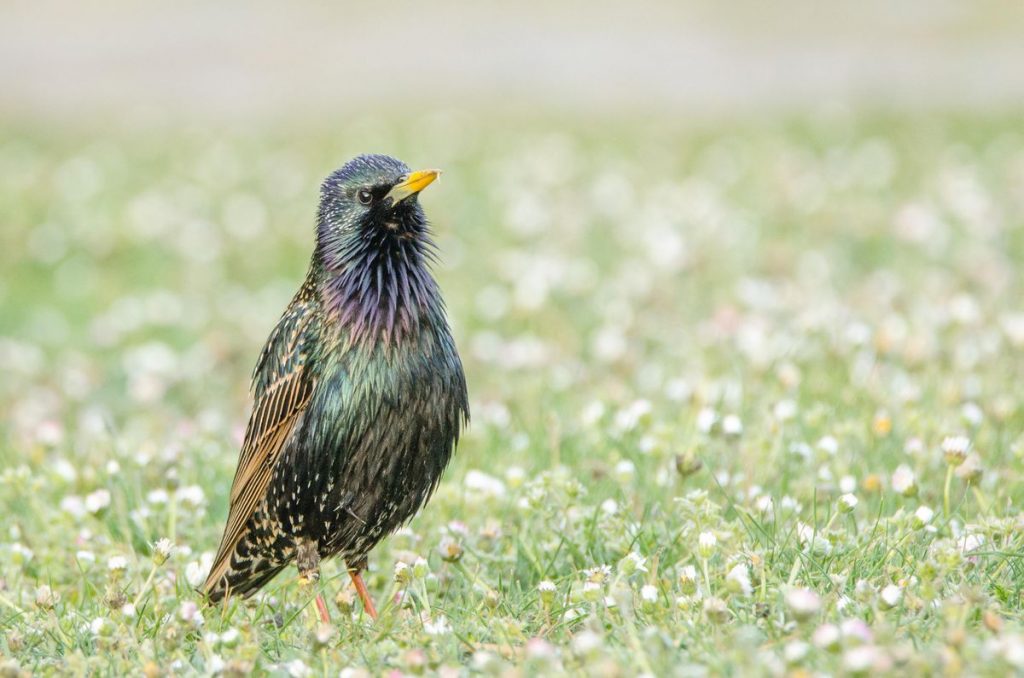Researchers report that the near-global success of invasive European starlings may be linked to rapid changes in gene expression patterns
© Copyright by GrrlScientist | Twitter
An adult European starling (Sturnus vulgaris) in breeding plumage. (Credit: Deepak Sundar / CC BY-SA … [+]
Deepak Sundar via a Creative Commons license
European starlings are not native to North America, as their common name suggests. They arrived in North America after a small group was imported in 1890 and again in 1891 by a wealthy and misguided New York drug manufacturer, Eugene Schieffelin, who released them into New York City’s Central Park. This simple, inexplicable act of environmental vandalism unleashed a tsunami of the glossy purple-black songbirds that swept across the continent. Along the way, their numbers increased from just 100 individuals to more than an estimated 200 million by 1970.
A flock of European starlings…
